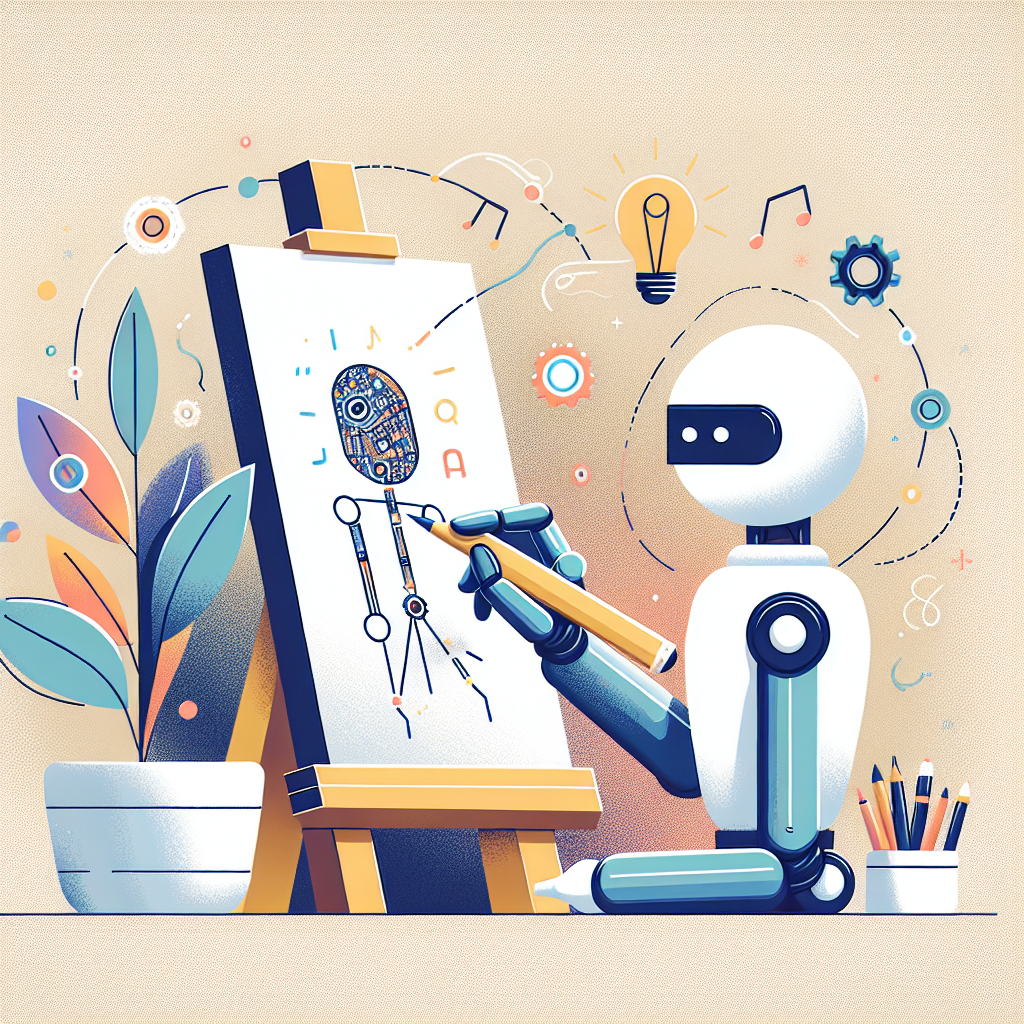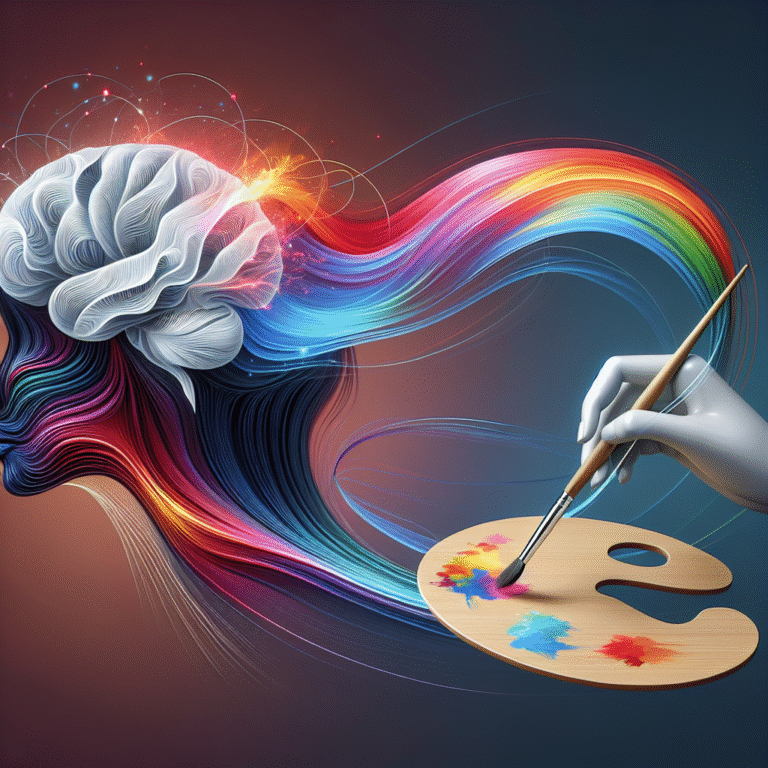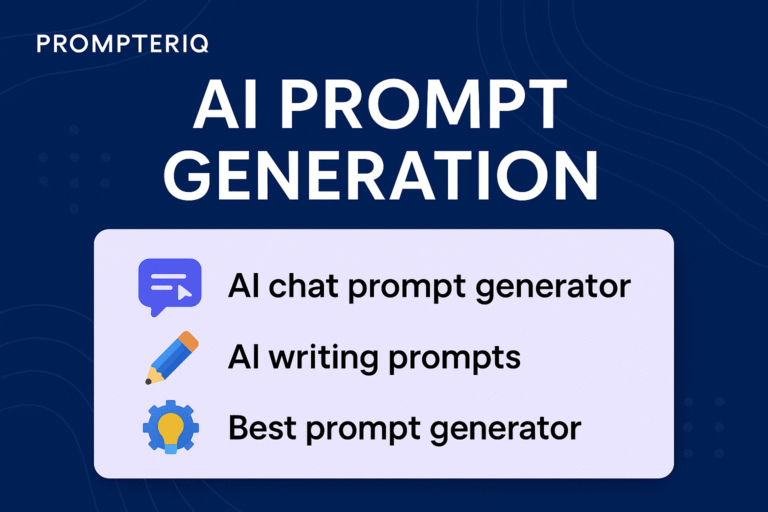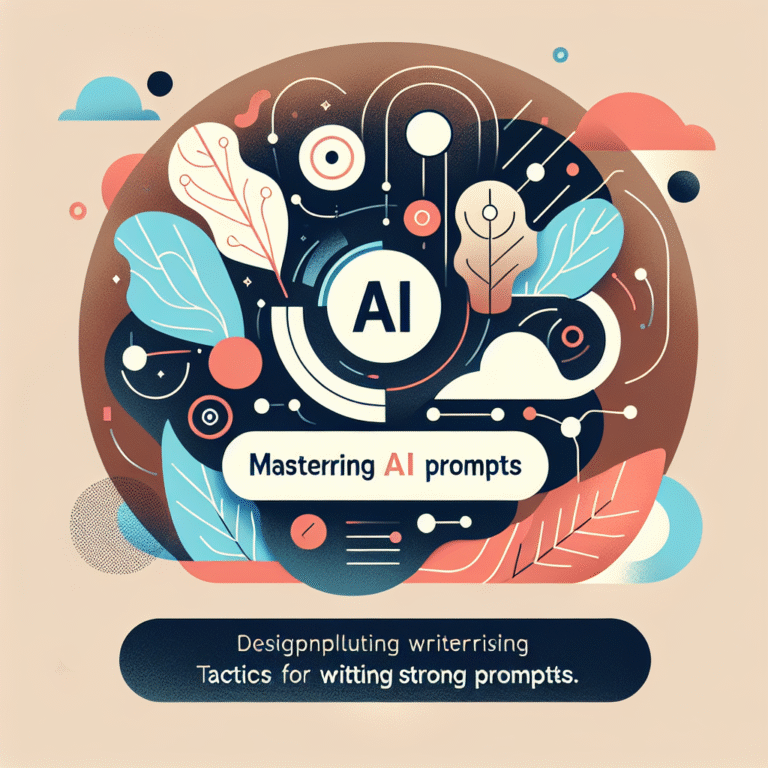Mastering the Art of Writing AI Prompts for Images
p>Writing AI prompts for images is an intricate process that requires a deep understanding of both the capabilities and limitations of artificial intelligence. As AI technology continues to evolve, the demand for high-quality, well-crafted prompts has never been higher. These prompts serve as the foundation upon which AI models generate images, determining the final product’s quality, relevance, and overall aesthetic appeal. To write effective AI prompts for images, one must consider several key factors, including the specific AI model being used, the desired outcome, and the level of detail required. For instance, when working with a model like DALL-E, which is known for its ability to generate highly realistic images from textual descriptions, the prompt must be meticulously crafted to include as much detail as possible. This could involve specifying not just the main subject of the image, but also the background, lighting conditions, and even the mood or atmosphere that the image should convey. The process of writing such prompts is both an art and a science, requiring a blend of creativity and technical knowledge. The art lies in envisioning the desired image and translating that vision into words in a way that the AI can understand and interpret accurately. The science comes into play when considering the algorithms and data structures that underpin the AI model, understanding how different prompts can influence the generation process, and optimizing the prompts for the best possible results. As the field of AI image generation continues to expand, the skill of crafting effective prompts is becoming increasingly valuable, opening up new avenues for artists, designers, and marketers to explore and express their creativity in unprecedented ways.
Understanding AI Models for Image Generation
 <
<
Before diving into the specifics of writing prompts, it’s essential to have a basic understanding of how AI models for image generation work. These models, often based on deep learning architectures such as Generative Adversarial Networks (GANs) or Variational Autoencoders (VAEs), are trained on vast datasets of images. This training enables them to learn patterns, features, and relationships within the data, which they can then use to generate new images based on given prompts. The quality and diversity of the training data have a direct impact on the model’s ability to generate high-quality images. For example, a model trained on a dataset that includes a wide variety of landscapes from around the world will be better equipped to generate realistic images of different environments compared to a model trained on a more limited dataset. Understanding the capabilities and limitations of the specific AI model being used is crucial for writing effective prompts. This includes knowing the types of images the model has been trained on, the level of detail it can achieve, and any specific requirements or constraints for the prompts.
Key Considerations for Prompt Writing
<
When writing AI prompts for images, several key considerations must be taken into account. These include the specificity of the prompt, the level of detail provided, and the clarity of the language used. A good prompt should be specific enough to guide the AI towards generating the desired image but also leave enough room for creativity and variation. For instance, a prompt that simply asks for ‘a dog’ might result in a wide range of images, from different breeds and sizes to various settings and activities. In contrast, a prompt that asks for ‘a golden retriever sitting on a beach at sunset’ provides more specific guidance, increasing the likelihood of generating an image that matches the desired outcome. Additionally, the language used in the prompt should be clear and concise, avoiding ambiguity and ensuring that the AI interprets the prompt as intended.
Best Practices for Writing Effective Prompts
 <
<
Several best practices can help in writing effective AI prompts for images. These include:
<
Furthermore, it’s beneficial to experiment with different prompts and analyze the results. This process can provide insights into how the AI interprets different words and phrases, allowing for the refinement of prompts over time. Keeping a record of successful prompts and the images they generate can also be useful for future reference and for understanding the patterns and preferences of the AI model.
Step-by-Step Guide to Writing AI Prompts
- Define the objective: Clearly determine what you want the image to depict and what features are essential.
- Research the AI model: Understand the capabilities, limitations, and preferences of the specific AI model you are using.
- Draft the prompt: Start with a basic description and then add details, considering the context, setting, and desired mood or atmosphere.
- Refine the prompt: Based on the initial results, refine the prompt to better match the desired outcome, adjusting the level of detail and specificity as needed.
Comparing AI Models for Image Generation

| Model | Training Data | Capabilities | Limitations |
|---|---|---|---|
| DALL-E | Large dataset of internet images | Highly realistic images, versatile | Can struggle with abstract concepts, requires detailed prompts |
| StyleGAN | Specific datasets (e.g., faces, animals) | High-quality, realistic images within specific domains | Limited to the domain of the training data |
<
The choice of AI model can significantly impact the outcome of the image generation process. Each model has its strengths and weaknesses, and understanding these is crucial for selecting the most appropriate model for a given task. For instance, DALL-E’s ability to generate a wide range of images from detailed textual descriptions makes it ideal for applications where versatility and realism are key. In contrast, StyleGAN’s focus on specific domains, such as generating realistic faces or animals, makes it preferable for tasks that require high-quality images within a narrow scope.
Tips for Advanced Prompt Writing
<
For those looking to push the boundaries of what is possible with AI-generated images, several advanced techniques can be employed. These include using negation to specify what the image should not include, combining multiple prompts to generate more complex scenes, and experimenting with abstract or metaphorical language to create unique and thought-provoking images. Additionally, understanding the psychological and aesthetic principles that underlie human perception and preference can help in crafting prompts that result in images that are not only technically proficient but also emotionally resonant and engaging.div style=’background-color: #f2f2f2; padding: 10px;’><
Important Note: The ethical implications of AI-generated images must also be considered, especially when it comes to the potential for misuse, such as creating deepfakes or spreading misinformation. As the technology continues to evolve, it’s crucial for creators and users alike to be mindful of these issues and to work towards ensuring that AI-generated images are used responsibly and for the betterment of society.
Conclusion
<
In conclusion, writing effective AI prompts for images is a nuanced and multifaceted task that requires a combination of creativity, technical knowledge, and attention to detail. By understanding the capabilities and limitations of AI models, following best practices for prompt writing, and continually refining and experimenting with prompts, individuals can unlock the full potential of AI image generation. As this technology continues to advance and become more accessible, the opportunities for artistic expression, innovation, and exploration will only continue to grow. Whether you’re an artist looking to push the boundaries of digital creativity, a marketer seeking to generate engaging content, or simply someone fascinated by the potential of AI, mastering the art of writing AI prompts for images can open up new and exciting possibilities. With patience, practice, and a willingness to learn and adapt, anyone can become proficient in this skill and start generating stunning, high-quality images that reflect their imagination and vision.<
Moreover, the future of AI image generation holds much promise, with ongoing research and development aimed at improving the realism, diversity, and customizability of generated images. As these advancements emerge, the role of well-crafted prompts will become even more critical, serving as the key to unlocking the full potential of these technologies. By embracing this challenge and dedicating themselves to the craft of prompt writing, individuals can position themselves at the forefront of this exciting and rapidly evolving field, contributing to the creation of new forms of art, communication, and expression that blend the best of human creativity with the power of artificial intelligence.




